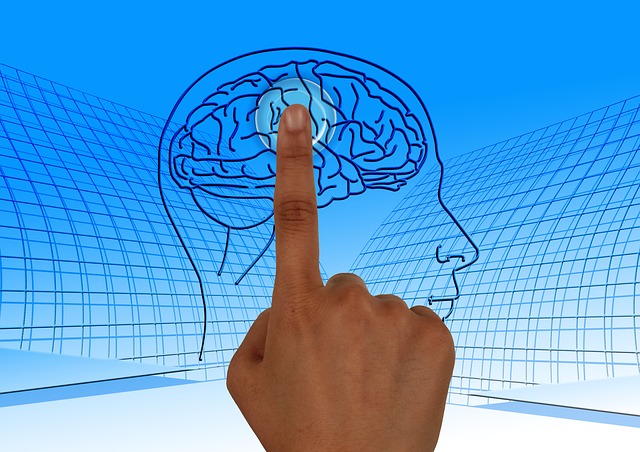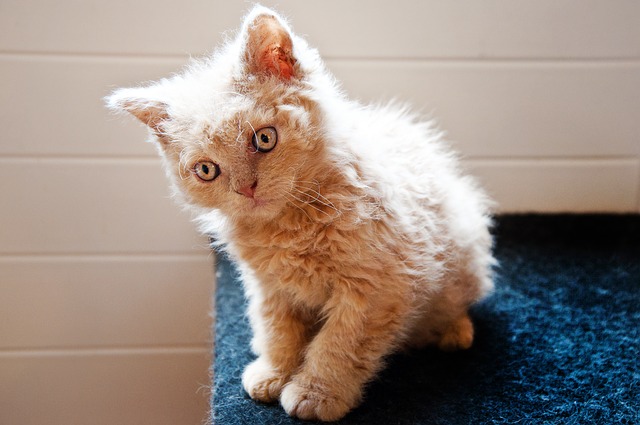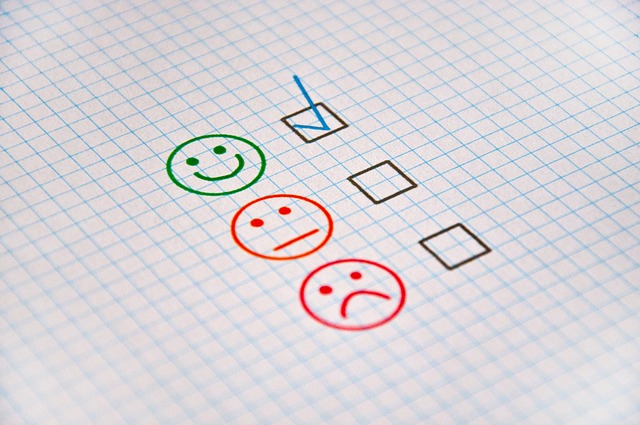Dr. Nate Klemp and Eric Langshur provide an interesting perspective on stress management in their article, Being With Stressful Moments Rather Than Avoiding Them. They contend that if we use mindfulness to do away with or avoid stress, we are not being mindful – we are not being with what is. They contend that our beliefs about stress frequently impede our capacity to deal with stress in our lives – our beliefs serve as a disabler rather than an enabler. Nate and Eric suggest a process that enables us to be with the stress rather than avoid it.
Stressors take many forms
There are many stressors that can occur in life through adverse situations, damaging relationships or one-off conversations. What is a stressor for one person may not be for another, partly because of the self-stories that we perpetuate. Our experience of stress varies over time – in one period of our lives, we can be relatively stress-free, while in another we can experience a range of stressors that build up and make us lose our patience and equilibrium.
Stress can arise at home through the suffering of a daughter or son, through conflict in intimate relationships or financial problems impacting our quality of life. Stress can arise at work through job overload, role conflict or ambiguity, conflict with colleagues or dealing with an unskilled manager. Stress is cumulative over time with each form of stress adding to another.
Our limiting beliefs about stress
Nate and Eric identify two primary beliefs that impede our capacity to deal with stress and lead us to try to avoid stress – which is an ever-present reality in our daily lives:
- The belief that we should get rid of stress from our lives – that we should always be in a state of ease and wellness. This belief can lead us to use mindfulness meditation to avoid stress rather than engage it as it is happening. The authors suggest that denying or trying to remove stress is not being mindful because mindfulness involves being “with whatever is arising, pleasurable, painful, comfortable, or uncomfortable” – not denying what is happening in our thoughts, feelings and bodily experience.
- The belief that stress is bad – that is should be avoided at all costs. Research shows that our “stress mindset” can change our experience of stress and that stress, provided it is not chronic, can be good for us because it promotes personal growth, both mentally and physically. Kelly McGonigal suggests ways to make stress our friend.
The combination of these beliefs can aggravate our experience of stress because it can lead us to feel resentful or angry that our sense of ease has been disturbed or destroyed.
Being with stress
Nate and Eric, who are the authors of the book Start Here: Master the Lifelong Habit of Well-Being, offer a process to enable us to be with stress rather than avoid it. They describe this process as Notice-Shift-Rewire:
- Notice – in common with other meditation practices, their process involves noticing what is. This requires us to be with our full experience – our feelings, our bodily sensations and our thoughts. They particularly focus on the thoughts/mindset relating to “stress aversion” – the desire to be free of all stress.
- Shift – this requires shifting from judging the experience of stress as “bad” and acknowledging, non-judgmentally, the way we are experiencing the stress.
- Rewire – staying with what we are experiencing in all its manifestations while letting go of attempts to avoid the stress.
As we grow in mindfulness through meditation practices that help us to be with what is, we can develop our capacity to deal with stress, rather than avoid or deny it. The Notice-Shift-Rewire process can help us to be really present to what we are experiencing, more effectively “navigate stress” and build our resilience.
____________________________________________
Image by DanaTentis from Pixabay
By Ron Passfield – Copyright (Creative Commons license, Attribution–Non Commercial–No Derivatives)
Disclosure: If you purchase a product through this site, I may earn a commission which will help to pay for the site, the associated Meetup group and the resources to support the blog.









